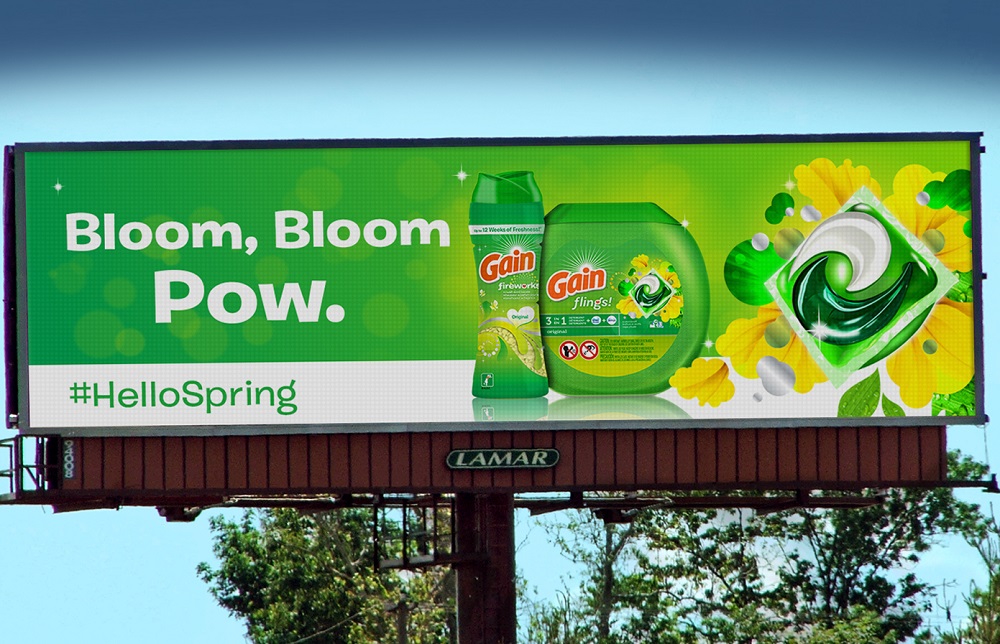Among the many challenges marketers had to face with the rise of digital marketing, the connection between online and offline marketing has proven to be one of the most enduring. From uneven strategies to absurd and contradictory online and offline campaigns, many companies still struggle to get the hang of it and still fail to see both channels as a part of a bigger campaign.
While customers perceive the brands and their messages as a part of the same thing, marketers sometimes fall short of that understanding. Thus, some terrible campaigns use some concepts for print and different ones for digital, making them feel like world apart. This disconnection between the both of them send the wrong kind of message to the consumers, who are understandably confused as to what to think about a brand that conducts its marketing plan in such a way.
The idea that should prevail is that a marketing plan comprises and connects all the online and offline marketing efforts. In other words, the message (and the way to convey it) has to be the same. The work of the marketer, then, isn’t just developing good plan: it’s also adapting it to the numerous channels without losing its essence. How? Here are some ideas to help you.
It’s all about the brand
Forget about channels and their differences. Start focusing on your concepts, on the brand experience as a whole throughout the different channels. Try to understand the thread that links print, social networking, mobile devices and banners on the Internet. If you build a certain presence for your brand across the various channels consumers are likely to encounter on a daily basis and you’ll have half of the work done.
Thus, it’s important to conceive a plan that isn’t about one online marketing strategy on one side and an offline one on the other. You have to integrate your print ads and promotions with your content marketing plan, your paid ads and your social networking schedule. The result you’re looking for? That customers that find you online can go to your store and already feel at home. That sense of familiarity has to work both ways: people that saw your print ad in a magazine have to find a familiar face when they access your site or Facebook page for the first time.
In all, the premise is to create an advertising network that engages with people both online and offline and that seeks to amplify your message towards one simple goal: conversion. This is the first thing you’ll have to have in mind: your brand is the message. After that, you can start worrying on how to tie your offline audience to your online channels and vice versa. Which brings us to the next point…
Make audiences jump from offline to online and vice versa
You’ve surely seen a print ad in which the brand provide a Twitter hashtag to start a discussion about the campaign in social media. Hey, you’ve surely seen hashtags in TV shows, QR codes in cards and URLs in brochures. The goal behind all this is obvious: to drive offline audiences to online channels where the brand’s message can be reinforced by other kind of contents.
On the other hand, some digital marketing plans have been providing enough support to boost the promotions of events, trade shows and other offline activities. Haven’t you heard about events organized through Facebook? And what about hashtags that are created online and, once they are proven useful, jump ship to the offline world? Once the event is held, brands often use their social channels to provide special discounts for social friends not only following the event online but the ones already in it.
Both of these ways of understanding the connection between the offline and the online worlds can be very fruitful. That’s so because they can provide insight into the leads you’re interested. People that start pouring into your website after a brochure or using your hashtag simply because they saw it on an ad certainly are people open to listen to what you have to say. Additionally, people engaged enough to present themselves in an event while keeping online with its activities surely are interested in you or your brand.
Take those opportunities to understand your audience and separate what works from what doesn’t. Identify the links between the offline and online channels that are working for you and start using them more often. Refine its use and compare results to increase your audiences and boost the amounts of leads you get.
Keep it relevant
Finally, one of the most valuable things you have to keep in mind is relevance. Think about it. You don’t pay attention to things that aren’t interesting to you, that aren’t relevant for what you want and need. Most people don’t. That’s precisely why you have to keep what you’re offering as relevant as possible for your target audience.
We’ve talked above about the importance of insights into leads. They can really teach you almost all you need to know: what drove them to you, what they like about you, what are your strengths and your weaknesses . Use all of this information to create interesting content, special discounts and the events we’ve discussed above. The key is to do all that on a more personal level by making the audience feel that you’re speaking to them specifically. There’s nothing more relevant for people than that which seems to speak to them directly.
Events are one way to do so. But there’s also co-branding with local venues, sponsoring a local team or even offering special treats on a particularly special day for a community. Of course, the more data you have to plan all of this, the better. Combine what you get from social networking with segmented data you can obtain from other online and offline sources to plan the next events. It’s a circle that feeds itself over and over.
If you really want success with your brand, you have to consider these 3 points. There’s no way you’ll achieve great results if you choose to ignore either the online or the offline channels. Even worst: don’t treat them as if they were worlds apart. Mix them, consolidate their union and connect all of your marketing experience into one big block to fortify your brand’s presence and your relationship with your audience.








Join the conversation